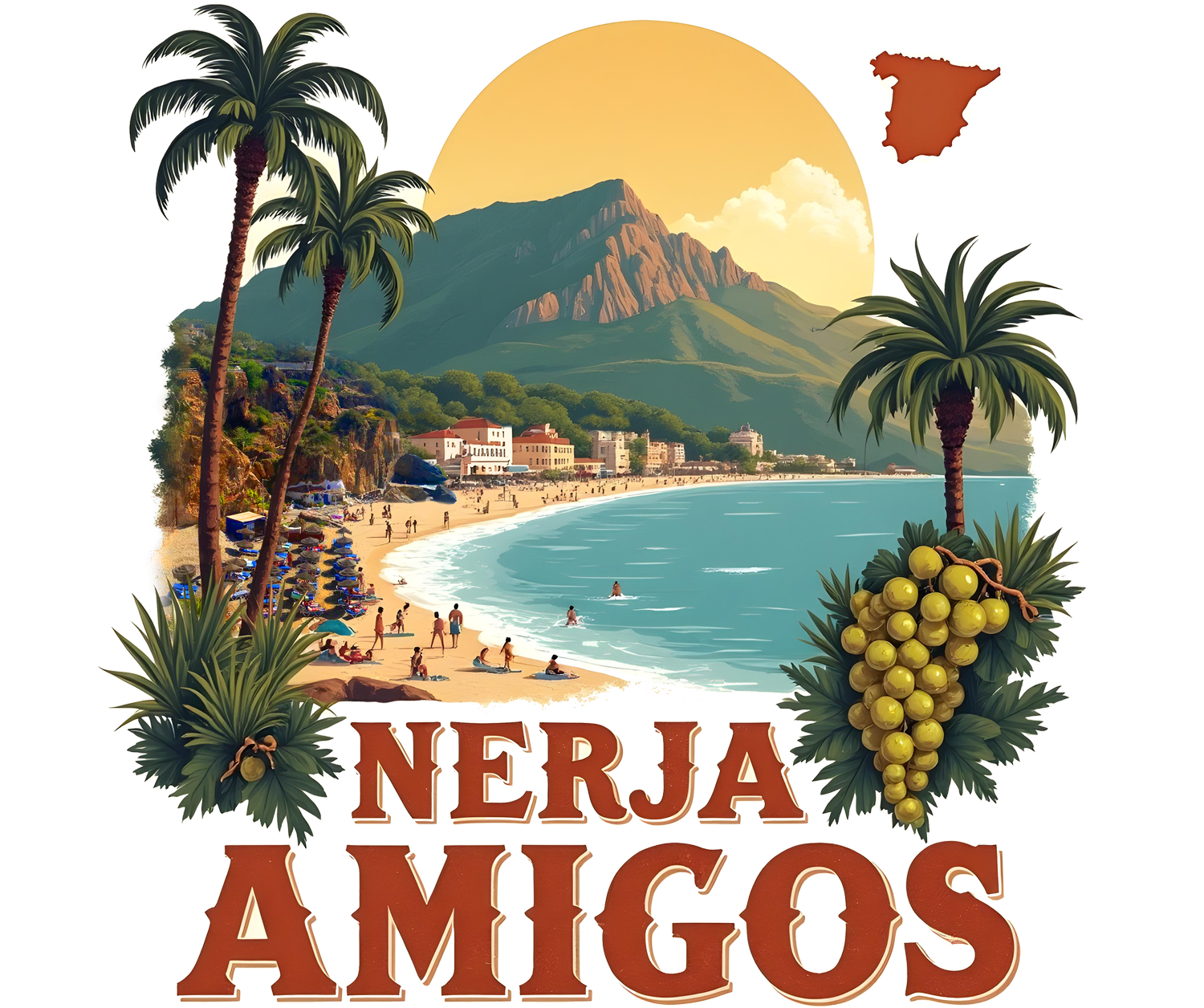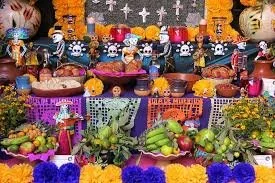The History of Halloween, Día de los Muertos and All Saints’ Day
As autumn settles and the days become shorter, many cultures recognise this moment as one of transition. It is a time when the harvest ends, the year quiets, and life turns inward. For thousands of years, people have used this season to honour ancestry, reflect on change, and acknowledge the mysterious connection between the living and those who have passed. Today, this ancient instinct lives on in three familiar traditions: Halloween, Día de los Muertos and All Saints’ Day. Though their expressions vary, they share the same thread of memory and love handed down across centuries.
Halloween - From Samhain to the Present
Halloween has its roots in the Celtic festival of Samhain, celebrated more than two thousand years ago in Ireland and Scotland. It marked the end of the harvest and the beginning of winter, a time when the boundary between this world and the spirit world was believed to grow thin. Fires were lit to guide ancestors home, and masks were worn so that wandering spirits would pass by without recognising the living.
When Christianity spread through Celtic lands, the Church blended its calendar with existing traditions. Samhain became linked to All Hallows’ Eve, the night before All Saints’ Day. The meaning shifted, but the sense of the veil between worlds remained. Later, as Celtic people migrated to North America, the festival transformed once again into what we recognise today, carved pumpkins, costumes, and gatherings under autumn skies.
Here in Nerja and Maro, Halloween carries its own local character. The playful spirit of the evening comes alive during Maroween, where folklore, imagination, and community celebration meet, all still echoing that ancient idea: this is a night when the worlds touch.
Día de los Muertos - Love That Continues
In Mexico, the beginning of November is shaped by Día de los Muertos — a celebration that honours loved ones who have passed with warmth, colour and laughter. Its origins reach deep into pre-Hispanic times, when the Aztecs and other Indigenous cultures held ceremonies to honour ancestors and the cyclical nature of life and death.
When Spanish influence introduced Christian traditions, the Indigenous practices blended with All Saints’ and All Souls’ observances. The result is the vibrant celebration known today, a fusion of ancient remembrance and later symbolism.
Families create altars at home decorated with marigolds, candles, photographs and objects that reflect the personality of the person being honoured. Food is central to the celebration. Pan de Muerto, a lightly sweet bread dusted with sugar, is baked and shared. Sugar skulls are made playfully, not morbidly. Mole simmers slowly, tamales steam, hot chocolate and atole warm the evening. The belief is that loved ones return home for a short time and are welcomed.
Día de los Muertos teaches that memory is not an ending. It is presence. It is continuity. Love does not disappear - it travels with us.
All Saints’ Day in Andalucía - Quiet Light and Presence
The origins of All Saints’ Day reach back to the early centuries of the Christian church. In the 7th century, the Pantheon in Rome was dedicated to honour all martyrs and saints, and by the 9th century the day was fixed on 1 November, a date that quietly mirrored the older seasonal observances already held across Europe.
In Andalucía, the day unfolds with gentleness. Families remember loved ones and walk to the cemetery to clean and decorate graves with fresh flowers, especially chrysanthemums. Candles flicker in the late afternoon light. The atmosphere is calm, reflective, and unhurried, not a farewell, but a moment of closeness.
Later at home, seasonal flavours appear. Roasted chestnuts, small pastries, warm drinks. In some villages, chestnut roasts take place in the square. In Nerja, this day moves slowly, softly, reminding us that remembrance can be peaceful.
Across cultures and centuries, these traditions remind us of something shared and deeply human: that memory is love in motion, that those who shaped us remain with us, and that the seasons themselves carry stories of connection.



